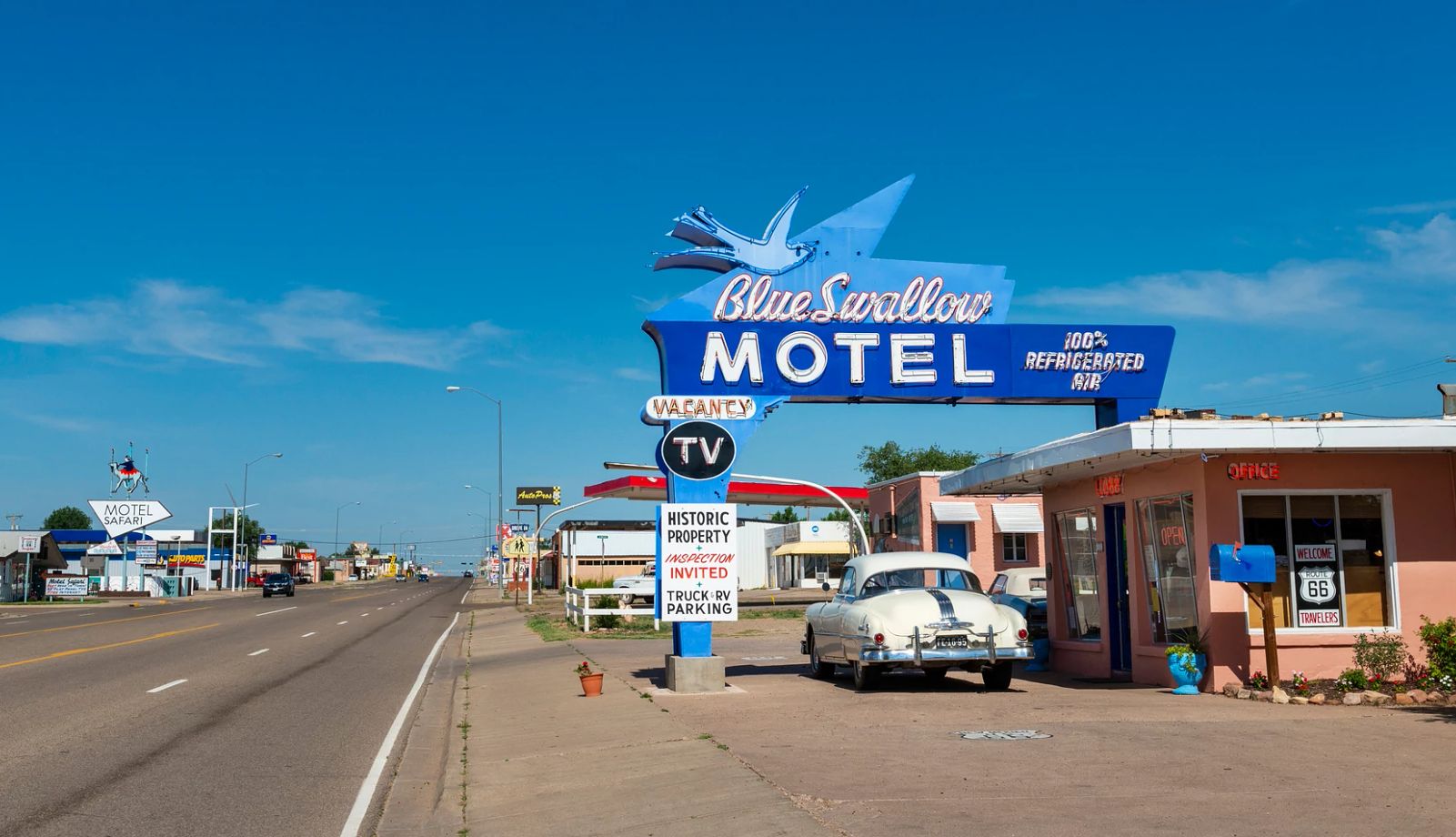AARP Eye Center
- right_container
- Health
- Money
- Work & Jobs
- Advocacy
- Social Security
- Medicare
- Caregiving
- Games
- Travel
- More...
The Giant Sequoia National Monument

About Us:
The Sequoia is one of nineteen National Forests in California. It takes its name from the giant sequoia, the world's largest tree, which grows in more than 30 groves in the forest's lower elevation slopes. The Sequoia's landscape is as spectacular as its trees. Soaring granite monoliths, glacier-carved canyons, roaring whitewater, and more await your discovery at the Sierra Nevada's southern end. Elevations range from 1,000 feet in the foothill region to peaks over 12,000 feet in the rugged high country, providing visitors with some of the most spectacular views of mountainous landscape in the entire west.
Attractions:
Hikers, off-highway vehicle users, and horseback riders have over 1,500 miles of maintained roads, 1000 miles of abandoned roads, and 850 miles of trails in the forest available for their use and enjoyment. The Pacific Crest National Scenic Trail, which stretches 2,600 miles from Canada to Mexico, crosses the Sequoia National Forest for approximately 78 miles.
The three National Recreation Trails in the forest are: Summit, Cannell Meadow, and ******* Creek. Other points of interest on the forest include: Hume Lake, Chicago Stump, Cannell Meadow Station, Kern River, Kings River, Dome Rock and Needles. The Sequoia contains portions of six designated wilderness areas: Kiavah, Monarch, South Sierra, Dome Land, Jennie Lakes and Golden Trout. Specific winter activity areas accessible by highway are: Hume Lake Ranger District at Cherry Gap, Quail Flat, Big Meadows Winter Trailhead, and Woodward; Western Divide Ranger District in the vicinity of Quaking Aspen Campground.
Recreation:
The Sequoia National Forest offers a huge range of outdoor recreation activities. The trails offer hiking, backpacking, horseback riding, and mountain biking. The many developed campgrounds or dispersed areas provide the full range of camping experiences. The rivers, lakes and reservoirs offer boating, fishing, water-skiing, swimming, whitewater rafting, and kayaking. In the winter, the high elevations provide downhill skiing and snowboarding, cross-country skiing, snowshoeing and snowmobiling.
History:
The Sequoia National Forest received its name for the 33 groves of giant sequoia, Sequoiadendron giganteum, located within its boundaries. In 1847 a German botanist named Stephen Endlicher named the coastal redwood trees Sequoia sempervirens. He presumably was honoring the Cherokee Chief Sequoya or Sikwayi who invented a phonetic alphabet of 86 symbols for the Cherokee language. In 1854 a French botanist, Joseph Decaisne, applied the name to the giant sequoias, which are closely related to the coastal redwoods.
AARP Events for Tupper Lake
-
Featured Event
Money Mindset: Long-Term Care Planning
Tuesday, Dec 16, 2025 at 2:00 p.m. ET
Online Event
-
Care for Caregivers: Get Support for the Journey
Saturday, Dec 13, 2025 at 12:00 p.m. ET
Zoom
Online Event
-
AARP Theater: 'La Gazzetta'
Sunday, Dec 14, 2025 at 4:00 p.m. ET
Online Event

































































